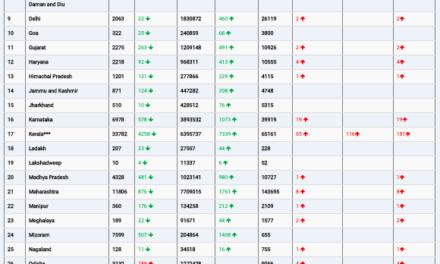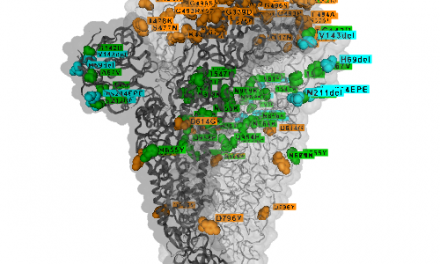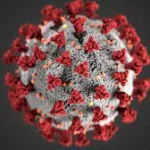A groundbreaking study has shed light on potential cardiovascular health advantages in individuals with a rare condition known as Growth Hormone Receptor Deficiency (GHRD), also referred to as Laron syndrome. This research, published in Med on April 26, 2024, unveils new insights into the cardiovascular profile of individuals with GHRD, offering hope for novel therapeutic approaches and disease prevention strategies.
Led by Professor Valter Longo of the USC Leonard Davis School of Gerontology and endocrinologist Jaime Guevara-Aguirre from the Universidad San Francisco de Quito, Ecuador, the study marks the culmination of nearly two decades of international collaboration. This groundbreaking research initiative aimed to unravel the mysteries surrounding GHRD and its potential implications for cardiovascular health.
GHRD, a condition characterized by impaired growth hormone utilization leading to stunted growth, has intrigued scientists due to its association with a record 40% longevity extension and reduced risks of various age-related diseases observed in mice. However, the cardiovascular risk profile of individuals with GHRD has remained unclear, prompting speculation about potential adverse effects on heart health.
The study, involving 51 individuals—24 diagnosed with GHRD and 27 unaffected relatives—yielded compelling findings:
- GHRD subjects exhibited lower blood sugar levels, reduced insulin resistance, and lower blood pressure compared to the control group.
- Despite elevated levels of low-density lipoprotein (LDL) cholesterol, commonly known as “bad cholesterol,” individuals with GHRD displayed a trend toward lower carotid artery atherosclerotic plaques compared to controls (7% vs. 36%).
- GHRD subjects demonstrated smaller heart dimensions and similar arterial stiffness but had lower carotid artery thickness compared to unaffected relatives.
“These findings suggest that individuals with GHRD may possess normal or improved levels of cardiovascular disease risk factors relative to their unaffected relatives,” remarked Professor Longo, senior author of the study.
The study’s significance lies not only in unraveling the cardiovascular profile of individuals with GHRD but also in offering potential avenues for disease prevention and longevity enhancement. Longo emphasized the importance of these findings in guiding future research efforts aimed at developing targeted therapies or dietary interventions that mimic the beneficial effects observed in GHRD individuals.
While acknowledging the study’s limitations, given the small sample size, the researchers underscored its value in providing crucial insights into the health effects of GHRD. These findings pave the way for further investigations into the potential therapeutic applications of growth hormone-related pathways in cardiovascular disease management and longevity promotion.
As the scientific community continues to unravel the complexities of rare genetic conditions like GHRD, studies like this offer promising prospects for improving health outcomes and advancing our understanding of human biology.











